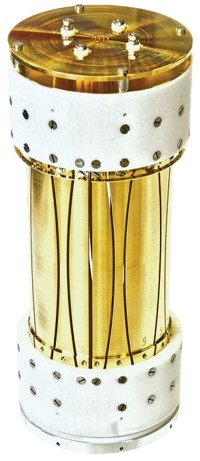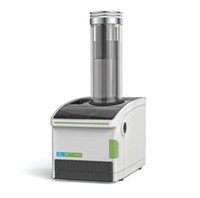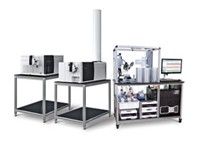Advertisement
Grab your lab coat. Let's get started
Welcome!
Welcome!
Create an account below to get 6 C&EN articles per month, receive newsletters and more - all free.
It seems this is your first time logging in online. Please enter the following information to continue.
As an ACS member you automatically get access to this site. All we need is few more details to create your reading experience.
Not you? Sign in with a different account.
Not you? Sign in with a different account.
ERROR 1
ERROR 1
ERROR 2
ERROR 2
ERROR 2
ERROR 2
ERROR 2
Password and Confirm password must match.
If you have an ACS member number, please enter it here so we can link this account to your membership. (optional)
ERROR 2
ACS values your privacy. By submitting your information, you are gaining access to C&EN and subscribing to our weekly newsletter. We use the information you provide to make your reading experience better, and we will never sell your data to third party members.
Analytical Chemistry
Interface boosts MS Performance
May 19, 2008
| A version of this story appeared in
Volume 86, Issue 20
Many popular mass spectrometry methods require an atmospheric-pressure interface to couple the ionization source to the mass analyzer. The typical configuration for the interface, which consists of an open channel and a series of differential pumping stages, has changed very little since it was first introduced. Such a configuration doesn't work well with mass analyzers with limited pumping capacities, such as miniaturized mass spectrometers. R. Graham Cooks, Zheng Ouyang, and Liang Gao of Purdue University have devised a discontinuous atmospheric-pressure interface (DAPI) that improves the performance of mass spectrometers with limited pumping capacity (Anal. Chem., DOI: 10.1021/ac800014v). DAPI links the ion source to the mass analyzer via two steel capillaries joined by silicone tubing. Gases are pulsed into the mass analyzer at high flow rates by pinching and releasing the silicone tubing. Using DAPI, the Purdue team connected various types of ionizers to a miniature rectilinear ion trap mass analyzer, with which they achieved part-per-billion limits of detection.






Join the conversation
Contact the reporter
Submit a Letter to the Editor for publication
Engage with us on Twitter